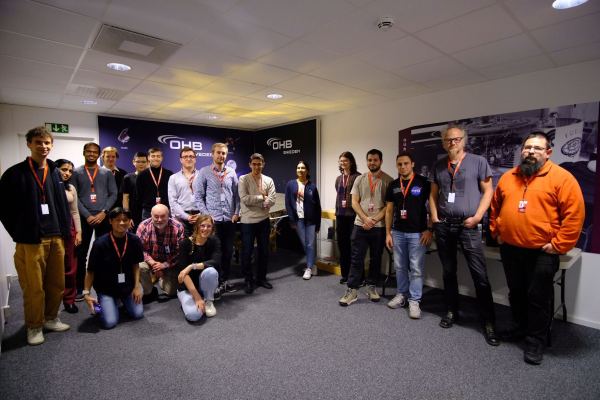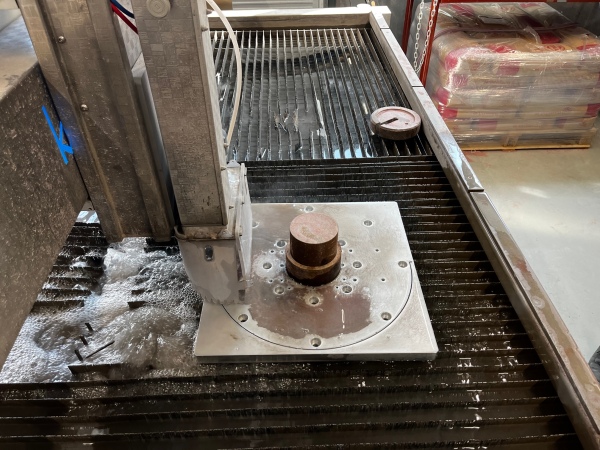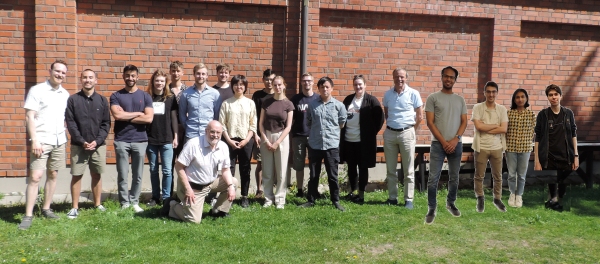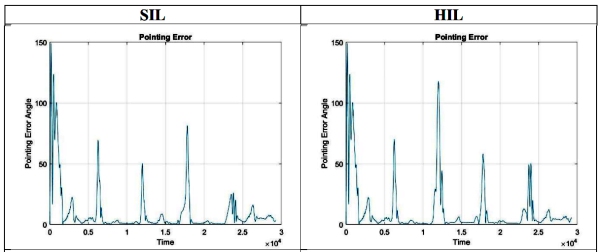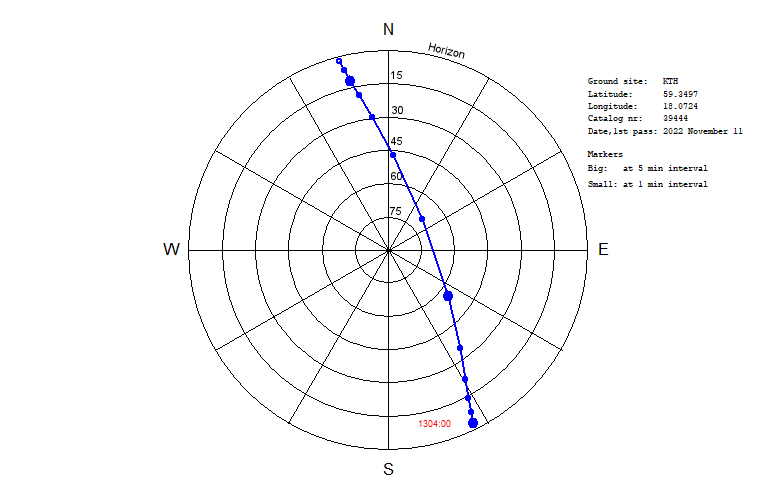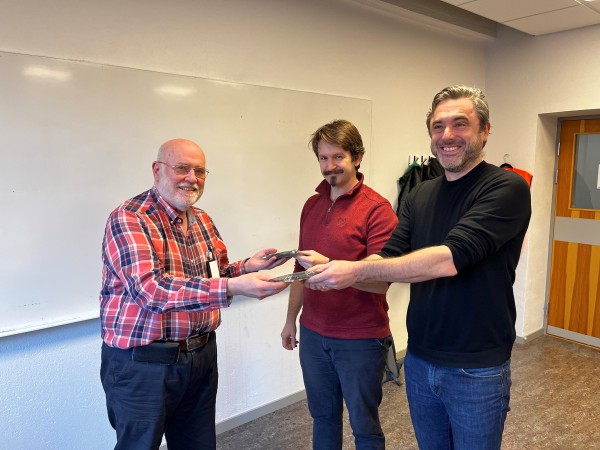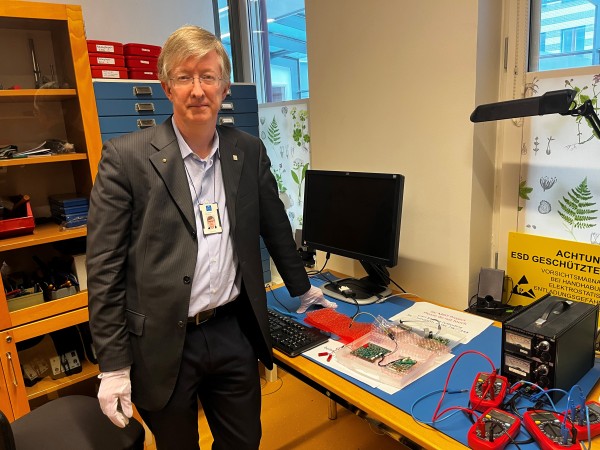Interesting positions open for 2024-2025 APPLY NOW! The MIST project is now in its advanced functional testing phase on the lab bench and the plan is to have the satellite integrated as soon as possible and proceed to environmental tests on the integrated satellite. This project phase is such that two-semester student assignments provide the best learning... Continue Reading →
End-of-semester meeting 18 December 2023
Text files Mechanical and thermal work report Ground station work report Attitude control work report Onboard software work report Functional testing work report Video files Mechanical video report Thermal video report Attitude control video report Onboard software video report Functional testing video report
Mid-semester meeting on 16 October 2023
The mid-semester meeting was held at OHB-Sweden on 16 October 2023. Here are the presentation slides from the sub-team: Mechanical/thermal matters Ground Station On-board software Attitude control Functional Test Here are the sub-team presentations in video form: Mechanical/Termal Ground Station On-board Software Attitude control Functional Test
Summer 2023 activities in MIST
Students have been busy with various tasks during the summer break. In addition to the activities shown below the Functional Testing team has been very active sorting out bugs and glitches and verifying correct functioning of subsystems. The Onboard Software team has met on-line every Friday (except one) all summer long to discuss tasks. 1... Continue Reading →
End-of-semester meeting on 24 May 2023
First student team photo since the start of the pandemic. Four students were photoshopped into the picture, but we are all there! The head of the KTH Space Center, professor and astronaut Christer Fuglesang also attended the meeting. Mechanical etc. team presentation Attitude control team presentation Onboard software team presentation Functional testing team presentation Status... Continue Reading →
Attitude Control Simulations produce results
On November 24, 2022, students succeeded in running hardware-in-the-loop (HIL) simulations of the attitude control of MIST that match earlier software-in-the-loop (SIL) simulations (see figure above). The earlier simulations ran in a laptop where control code, sensors, actuators,and the orbital motion of the satellite, sun and magnetic field orientations are all run in software. These... Continue Reading →
Testing the ground station antenna
The MIST student satellite ground station can be seen below tracking the FunCube-1 satellite across the sky and then goes to a parking position where the satellite will appear on the the next pass over Stockholm. During this pass we received telemetry on 145.935 MHz using the shorter of the antennas in the video and... Continue Reading →
Mid-semester meeting 17 October 2022, presentations
MechanicalThermal controlGround Station/Mission OperationsAttitude ControlFunctional TestingOnboard SoftwareSiC/LEGS experimentSEUD experiment – brief report
CUBES X-ray Background Explorer experiment flight model delivered on 27 October 2022
Project manager Sven Grahn (left) is handed the two flight model printed circuit boards for the CUBES1 and CUBES2 experiment by research engineer Theodor-Adrian Stana (center) and Professor Mark Pearce (right). Software functionality of CUBES and support software demonstrated following handover of the flight units. An engineering model CUBES circuit board sits on the red... Continue Reading →
The SiC/LEGS experiment flight model delivered on 25 October 2022
Professor Carl-Mikael Zetterling handed over the flight model of the combined SiC/LEGS experiment in his lab at KTH's sub-campus in Kista on 25 October 2022. The top left printed circuit board contains the SiC transistor test experiment and support electronics for the piezoelectric linear motor experiment on the upper right. The circuit board on the... Continue Reading →
